Cambodia: stop the flooding of the Cardamom Forest!
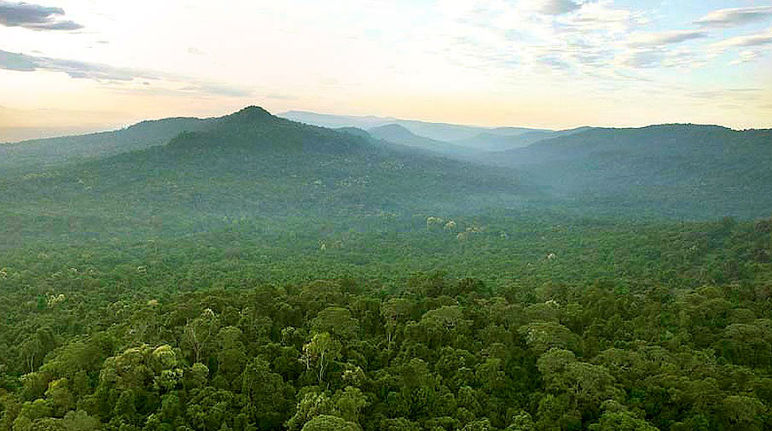 This is what’s at stake: rainforest as far as the eye can see (Photo: Luke Duggleby) (© Luke Duggleby)
This is what’s at stake: rainforest as far as the eye can see (Photo: Luke Duggleby) (© Luke Duggleby)
The Areng River still follows its ancient path from the Cardamom Mountains down to the valley, but plans for the construction of a hydroelectric dam threaten this unique habitat. Thousands of hectares of rainforest would be flooded. Please help prevent this destructive project: Please sign the Cambodian environmentalists' petition.
Call to actionTo: CEO and President of the China Guodian Corporation, Mr. Zhu Yongpeng, cgdc@cgdc.com.cn
“Stop the flooding of the Cardamom Forest”
China Guodian Corporation, a state-owned power company, plans to build a hydroelectric dam on the Areng’s upper reaches in Cambodia.
The Cheăy Areng dam would spell catastrophe for the rainforest dwellers by inundating their habitat. Just a few hundred of the highly-endangered Siamese crocodiles remain worldwide – and most of them live in the Areng Valley.
The indigenous peoples would lose their homes and have to be relocated.
From an economic point of view, the project makes little sense, as its costs would exceed its benefits for the country:
- 20,000 hectares of rainforest would be flooded; half of that area in the Central Cardamom Protected Forest.
- The lost habitat is one of the most important biologically diverse areas in Cambodia, with more than 277 animal species recorded in the valley, of which 31 are globally threatened. Among these are the Asian elephant, the clouded leopard, the Siamese crocodile, the dragon fish and the white-winged duck.
- Development of the densely wooded river valley would pave the way for illegal logging and poaching.
- Nearly 1,000 indigenous Khmer Daeum people face forced relocation from the ancestral homelands that they have managed sustainably to date.
Other energy companies have studied the project but turned it down – in addition to the environmental damage, the costs for the dam would be very high in view of the plant’s low capacity. Its projected output of only 108 MW would not meet Cambodia’s rising energy needs.
China Guodian Corporation, however, now wants to sign an agreement on the construction and operation of the dam with the Cambodian government.
Please sign the petition which the Cambodian environmentalists will be submitting to China Guodian Corporation. It will also be addressed to the Cambodian government at a later date.
Save Areng Valley website
Summary of the environmental impact assessment
Article in the Phnom Penh Post: Last Days of the valley damned
Red List datasheets: Dragon Fish, White-winged Duck, Clouded Leopard, Siamese Crocodile
The petition in Chinese and Khmer on the Rainforest Information Centre website.
To: CEO and President of the China Guodian Corporation, Mr. Zhu Yongpeng, cgdc@cgdc.com.cn
Dear President Zhu Yongpeng:
The Upper Areng Valley in the Cardamom Mountains in Southwestern Cambodia is known as the biodiversity jewel of Southeast Asia, as its ranks as one of the most ecologically diverse areas in the region. The area is home to many animal species, with dozens of them endangered, including the Clouded Leopard, Asian Elephant, Siamese Crocodile, Dragon Fish and White-winged Duck.
The planned Cheay Areng Dam being proposed by China Guodian Corporation is located in the Central Cardamom Protected Forest, which is not an area suitable for hydropower development. Many companies, such as China’s Sinohydro Corporation have made commitments not to build projects in national parks. The China Guodian Corporation should recognize that this is a very important protected site and that the dam will lead to this protected forest’s demise and all the endangered species that depend upon it. The dam’s up to 20,000 hectare reservoir will also open up the area to illegal logging and wildlife poaching. The project also threatens to endanger the culture, tradition and livelihoods of 1000 indigenous Khmer Daeum people who have depended upon the Areng River and its surrounding forests for more than 400 years. The site where it is proposed that villagers displaced by the proposed dam be relocated against their will, sits in the middle of a busy elephant corridor, rendering it completely unsuitable. This is something that Chinese companies are expected to respect, in the new Chinese government’s guidelines for dam building overseas, it calls upon companies to respect the cultural heritage of local communities (Article 3). As many of the project’s impacts are irreversible, mitigation measures are unlikely to prove to be effective solution.
Since 2008, thousands of people from within Cambodia and around the world have sent letters and petitions to the Cambodian government requesting that this project be cancelled due to concerns over the dam’s impacts on ecosystems and cultural heritages. The project’s original builder, China Southern Power Grid, pulled out of the project citing environmental concerns. Financial concerns related to this project’s feasibility were also outlined by the Japan International Corporation Agency in its Hydropower Master Plan for Cambodia, which found the cost of electricity associated with the project to be well above the cost associated with other hydropower projects in the country.
I respectfully urge your company, China Guodian Corporation, to stop all plans to build the planned Cheay Areng Dam, as the financial and reputational risks associated with the environmental and social degradation this project poses are likely to be profound and costly. As the Cheay Areng Dam is your companies’ first international project, we believe it is in your own interest to not be associated with one of the region’s worst hydropower projects.
As a state-owned company that has committed to strengthening its environmental protection work as is outlined in China Guodian Corporation’s corporate social responsibility report and is expected to adhere to the Chinese Government’s new “Guidelines for Environmental Protection in Foreign Investment and Corporation,” which instructs companies to carefully consider the ecology of the local area and that damage to these areas be mitigated or restored (Article 15). Guodian should also respect the cultural heritage of the people living in the Areng Valley as required under the guidelines, as this unique heritage cannot be restored, thus harm should be avoided (Article 15). As the impacts of this dam are irreversible, this is a project that should be avoided.
I hope you will heed this appeal as this treasure trove simply should not be dammed.
Thank you for your attention to this important matter.
Sincerely,





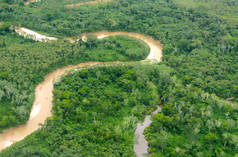
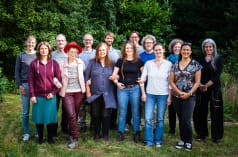


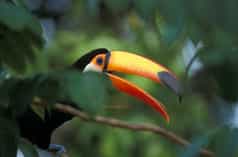

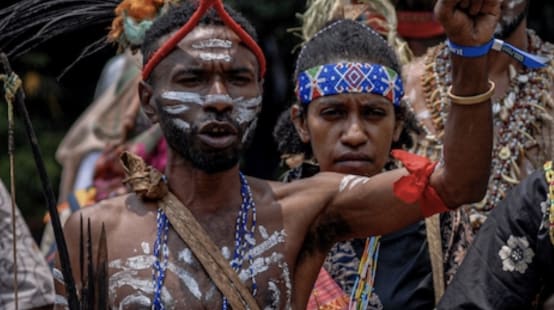
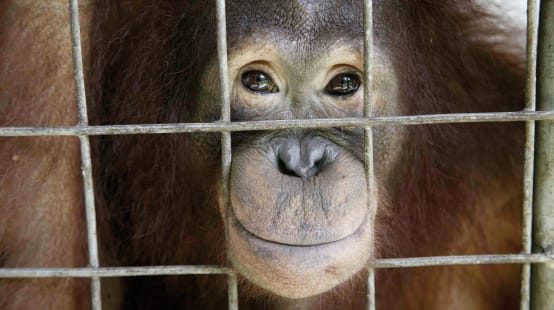
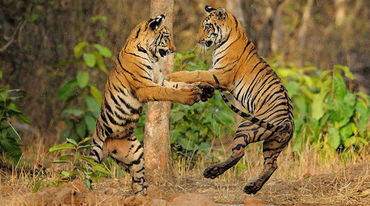 Recent successes
Recent successes